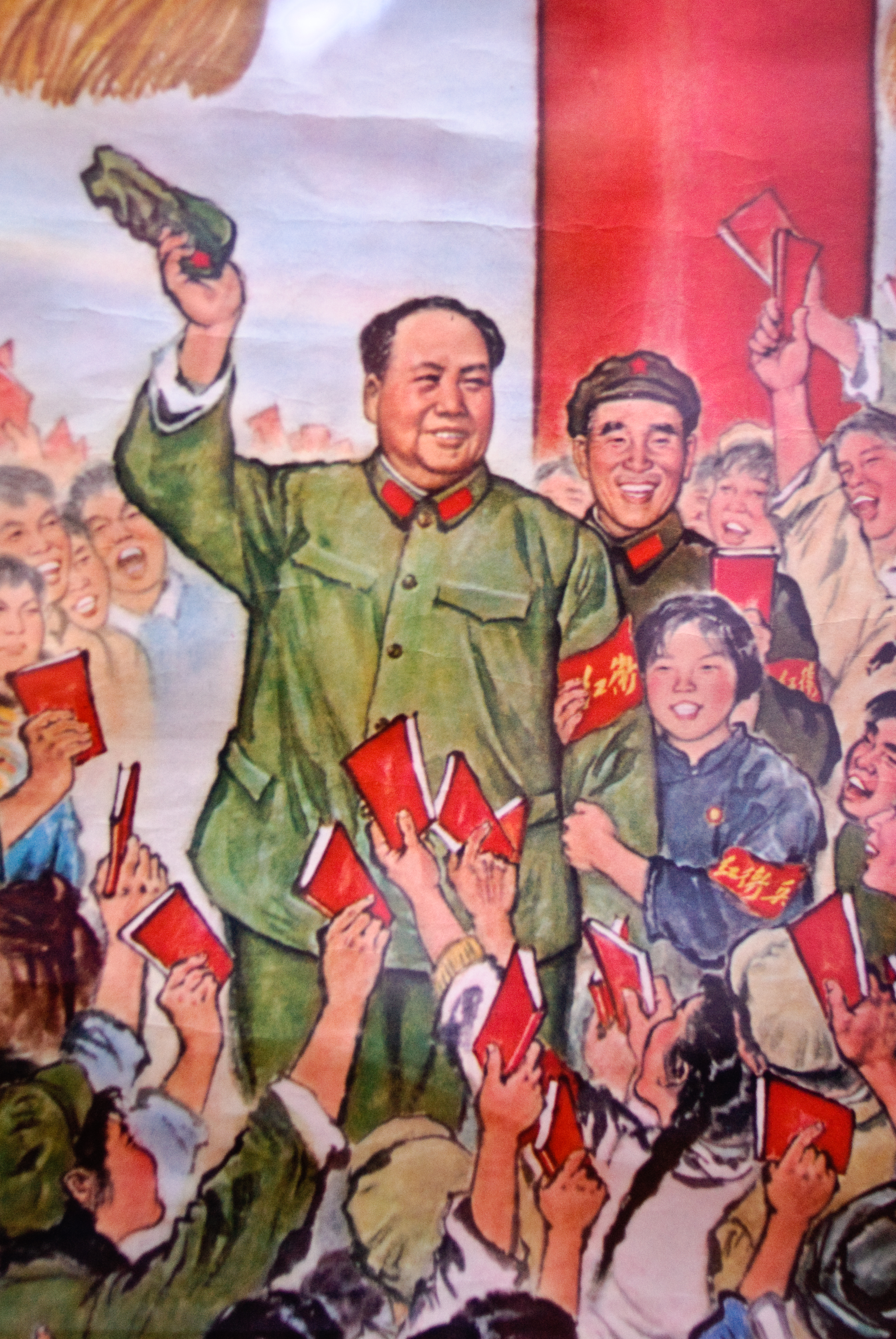Keywords allow you to construct a search that reflects multiple issues in your research question. Building sets of related concepts and looking for their overlaps gives you more relevant and precise results. This approach is called Boolean searching using the operators AND, OR, NOT.
For example, a search for japan* AND motion picture* will return items that contain both of the root words and their variations:

film* OR anime* returns items that contain either one of the terms or both:

visual NOT art returns items that discuss the visual but do not mention art:

Phrase searching:
Enclose phrases in quotations marks. This is an important strategy for getting exact results when searching phrases (e.g., "visual culture"") or conducting known-item searches for titles ("Modern Japanese Art and the Meiji State") .
Truncation and Wildcards:
Most catalogs and databases enable users to search variations of keywords by using truncation (*) or wildcard (e.g., ?, $, !) symbols.
For example, one could search for politic* to find poltic, politics, political, politicians, and so on.
Wildcard searches are for differences within words: a search for wom?n will return results for woman, women, and womyn.
Nested Searching:
When pairing two or more keywords with another keyword, it is important to "nest" the former terms within a larger Boolean search.
For example, ("motion picture*" OR film*) AND (japan*) AND (art) will return results for the union of the three subject areas.

